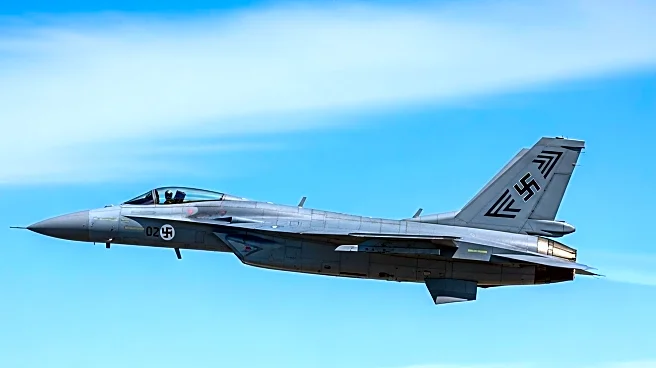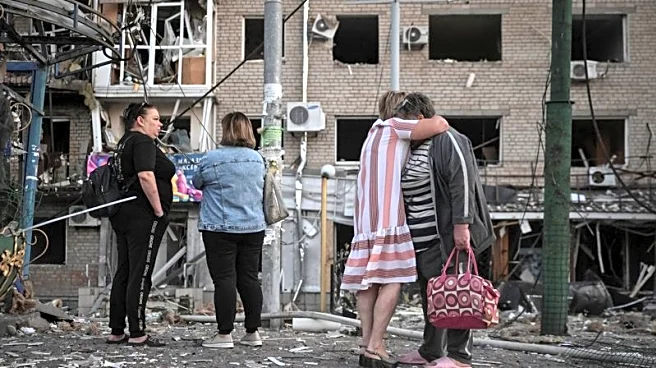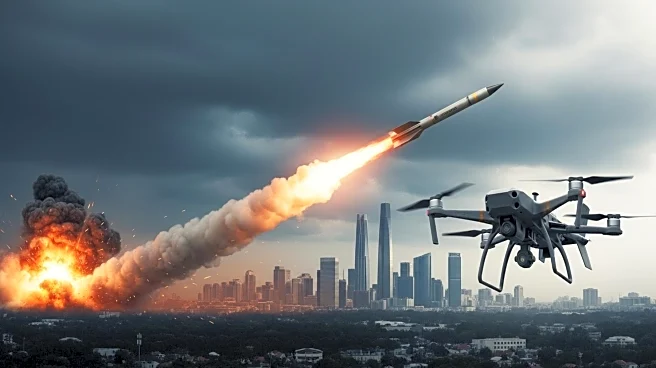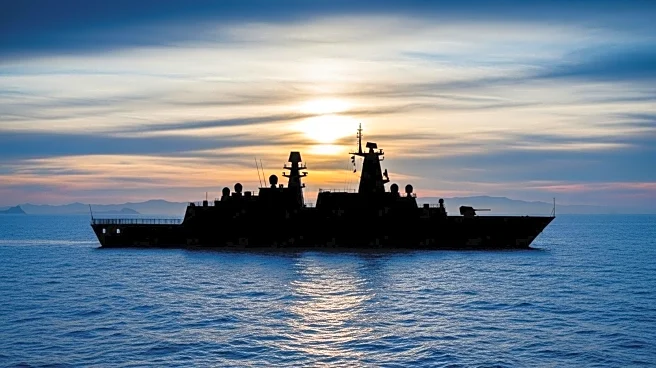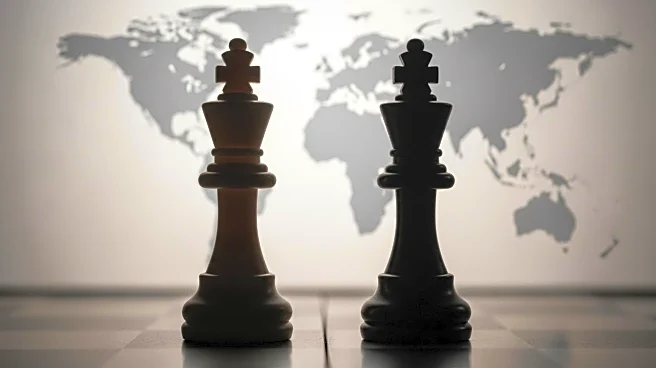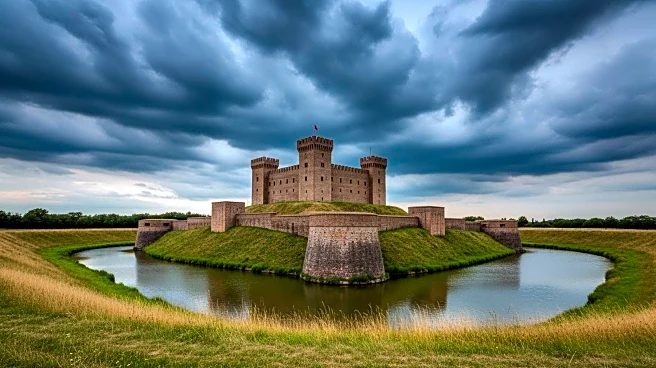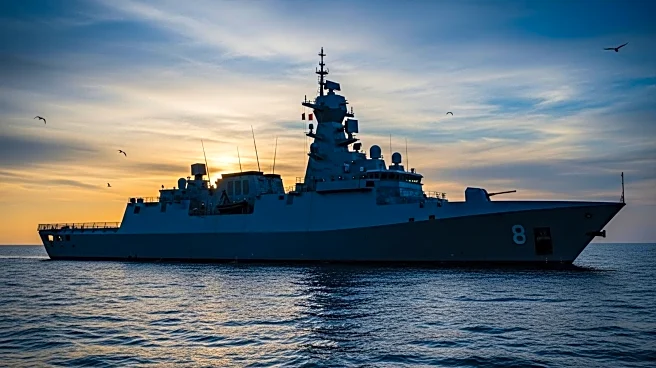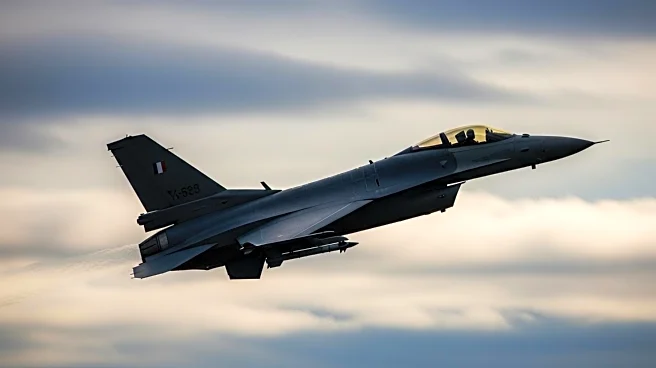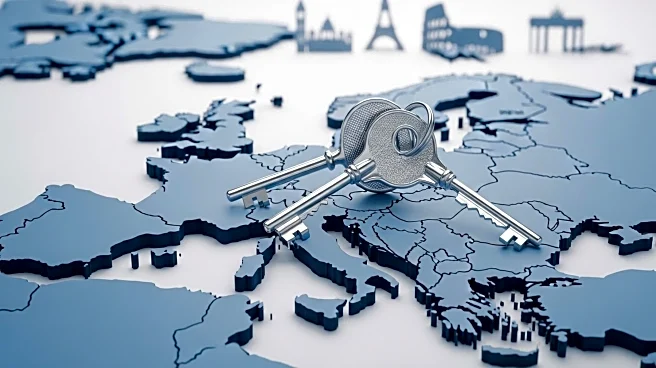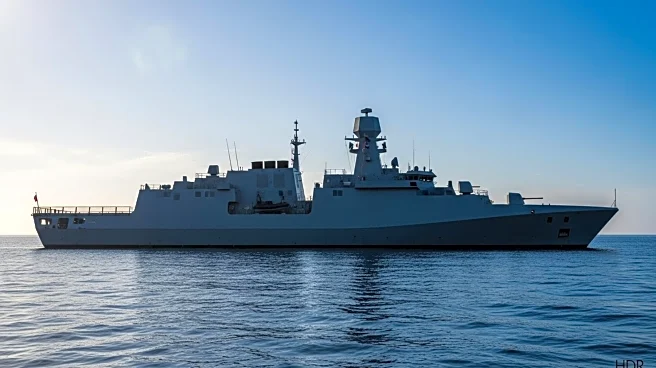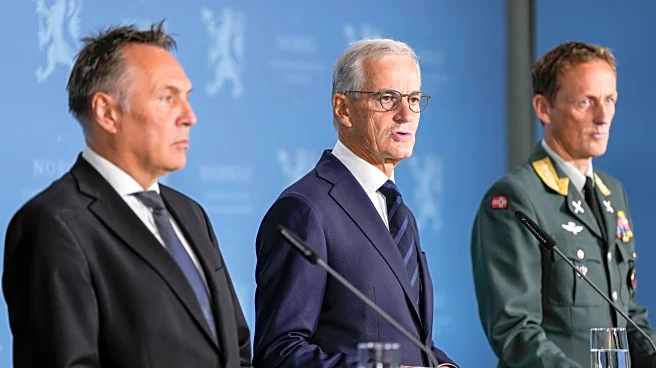What is the story about?
What's Happening?
Finland's Air Force is set to phase out swastikas from some of its unit flags, a move aimed at avoiding awkwardness with Western allies as Finland integrates into NATO. The swastika, an ancient symbol, was adopted by the Finnish Air Force in 1918, long before its association with Nazi Germany. Despite its historical use, the symbol has raised concerns among NATO allies, prompting Finland to update its military emblems to better reflect its current identity. The decision follows Finland's accession to NATO in April 2023, amid heightened security concerns due to Russia's invasion of Ukraine.
Why It's Important?
The removal of swastikas from Finnish Air Force flags is significant as it reflects Finland's efforts to align more closely with NATO standards and sensitivities. This change is crucial for Finland's military diplomacy, especially with countries like Germany and France, where the swastika is a negative symbol. The move underscores Finland's commitment to integrating with NATO forces and avoiding potential diplomatic tensions. It also highlights the broader implications of historical symbols in international military contexts, particularly as Finland seeks to strengthen its defense posture against regional threats.
What's Next?
The Finnish Defense Forces plan to introduce new flags featuring an eagle, although the timeline for this change has not been specified. As Finland continues to integrate with NATO, further updates to military symbols and practices may occur to ensure compatibility with allied forces. The decision may prompt discussions within NATO about the use of historical symbols and their impact on international relations. Finland's ongoing military reforms will likely focus on enhancing cooperation and interoperability with NATO members.
Beyond the Headlines
The decision to phase out swastikas from Finnish Air Force flags raises broader questions about the role of historical symbols in modern military identity. It reflects a shift towards more universally acceptable emblems, acknowledging the complex history of such symbols. This change may influence other countries with similar historical ties to reconsider their use of controversial symbols. The move also highlights the cultural and ethical dimensions of military symbolism in a globalized defense landscape.
AI Generated Content
Do you find this article useful?
